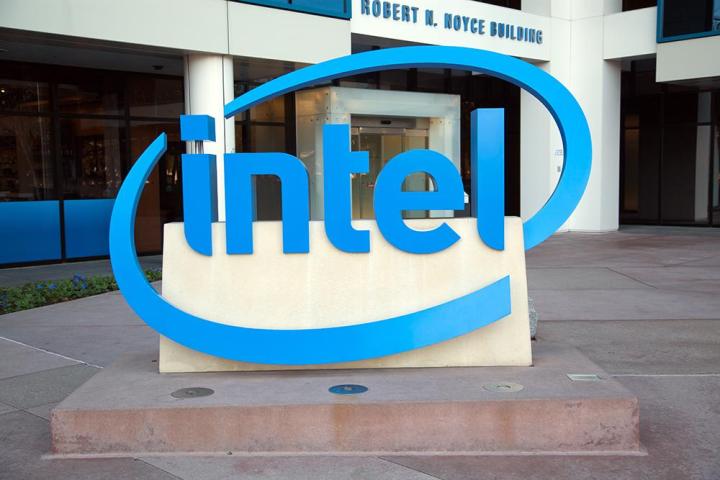
An Intel employee making use of the service recently updated his profile to reflect time spent working as a CPU Design Engineer for the company. In the description of the role, the engineer makes reference to the Cannonlake project, specifically stating that the processor will use between four and eight cores. Thanks for the tip.
This seemingly innocuous piece of information may well have revealed Intel’s intentions ahead of time. The Motley Fool reports that the listing confirms that Cannonlake client processors will be fitted with that many cores, as the company already produces chips with higher core counts, an example being their server processors.
At this point, it’s unclear what sort of device these processors are intended to be used for. There’s a decent chance that we’ll see them integrated into both high-end desktops and laptops as well as Intel’s range of thin-and-light Ultrabooks — it’s being speculated that the latter will only use four cores, while the former would take advantage of up to eight.
Intel has long hovered between two and four CPUs, but it has offered up to eight cores in consumer desktop processors, and up to 18 cores in Xeon products. Typically, Intel has referred to those variants by different code names than the mainstream products. For example, the eight-core Haswell based component is called Haswell-E.
Of course, it’s possible the engineer merely mis-typed his profile, and that there will be separate high-end Cannonlake-E processors. Still, this LinkedIn leak is an intriguing glimpse of what’s to come, but we’ll likely have to wait a while until we hear more, as Cannonlake is still likely to be preceded by the launch of Kaby Lake in 2016.


